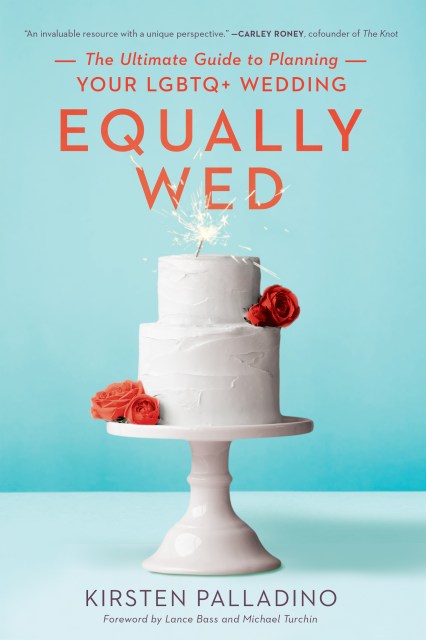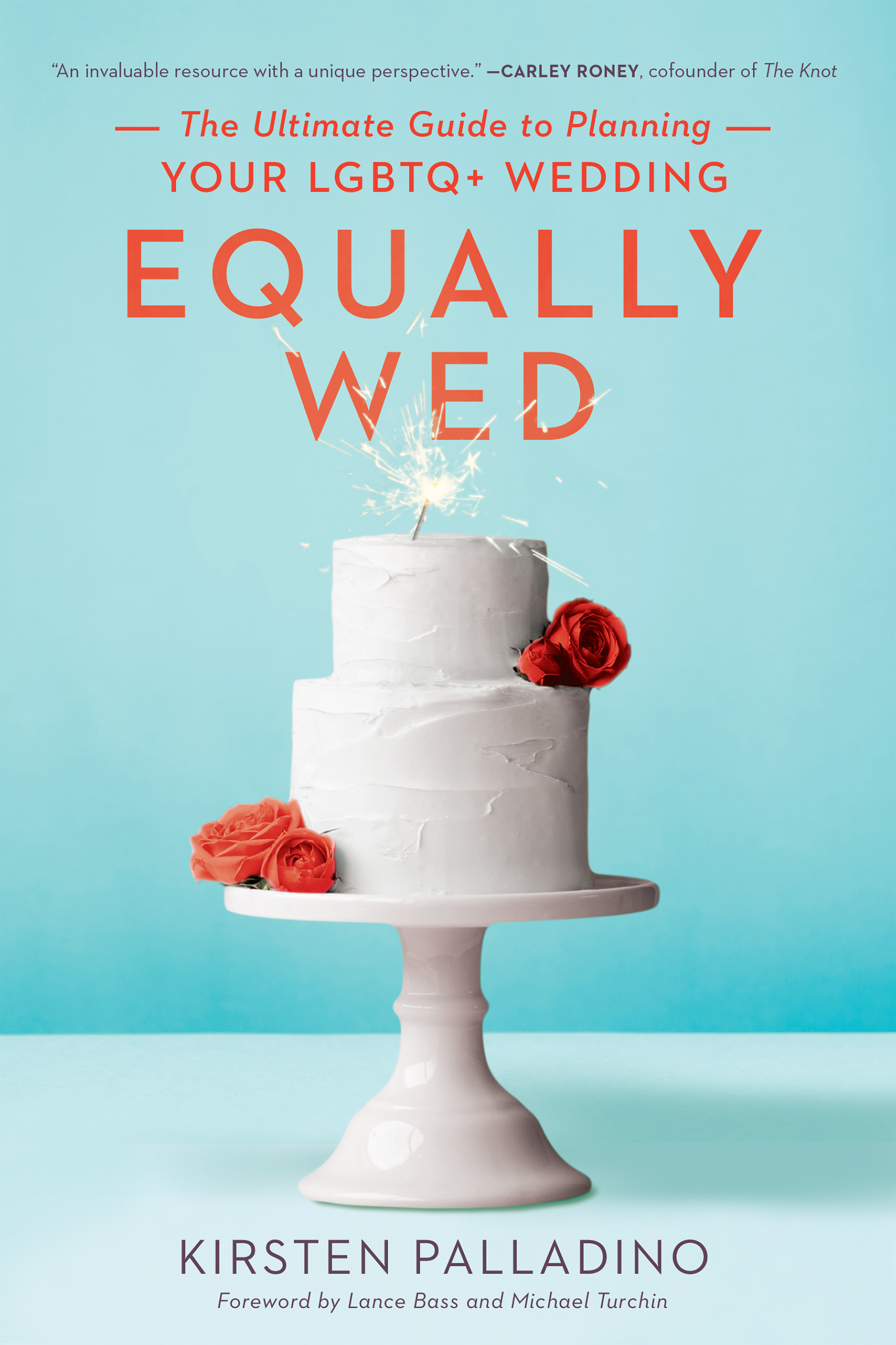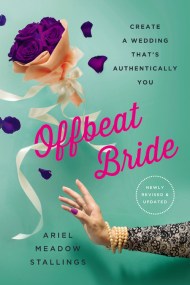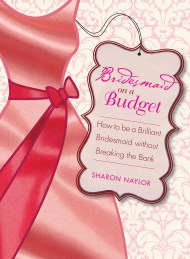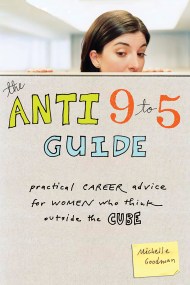Promotion
25% off sitewide. Make sure to order by 11:59am, 12/12 for holiday delivery! Code BEST25 automatically applied at checkout!
By clicking “Accept,” you agree to the use of cookies and similar technologies on your device as set forth in our Cookie Policy and our Privacy Policy. Please note that certain cookies are essential for this website to function properly and do not require user consent to be deployed.
Equally Wed
The Ultimate Guide to Planning Your LGBTQ+ Wedding
Contributors
Formats and Prices
- On Sale
- May 30, 2017
- Page Count
- 272 pages
- Publisher
- Seal Press
- ISBN-13
- 9781580056717
Price
$11.99Price
$15.99 CADFormat
Format:
- ebook $11.99 $15.99 CAD
- Trade Paperback $19.99 $24.99 CAD
This item is a preorder. Your payment method will be charged immediately, and the product is expected to ship on or around May 30, 2017. This date is subject to change due to shipping delays beyond our control.
Buy from Other Retailers:
Equally Wed brings author Palladino’s expertise as the founder and editorial director of the world’s leading online resource for LGBTQ wedding planning to the page. Palladino walks readers through every step of the notoriously costly and arduous planning process with wisdom and accessibility. From how to incorporate hot trends among LGBTQ couples to advice on how to incorporate children into a ceremony to more serious hurdles like dealing with homophobia among family members, Equally Wed has it all. The author importantly includes an accurate picture of wedding budgets for couples from all backgrounds, and shares her invaluable insider tips for making the most of each vendor; she also addresses fashion advice specific for LGBTQ readers, such as suiting up as a nonbinary nearlywed or attending fittings as a butch lesbian or a transgender woman. And best of all, she does it with the celebratory, joyful approach that all couples deserve.
With a beautiful 2-color package, a total absence of heteronormative terms and assumptions, and a wealth of advice on every wedding-related topic imaginable, Equally Wed is set to be the go-to LGBTQ wedding guide just as every couple is finally free to wed.
Genre:
-
"Ever since you were small, you've dreamed of getting married but, if you don't have a model to follow, it can be hard to know where to start and where to get what you want. Equally Wed shows prospective 'grides' and 'brooms' the path."Dallas Vocie
Newsletter Signup
By clicking ‘Sign Up,’ I acknowledge that I have read and agree to Hachette Book Group’s Privacy Policy and Terms of Use
